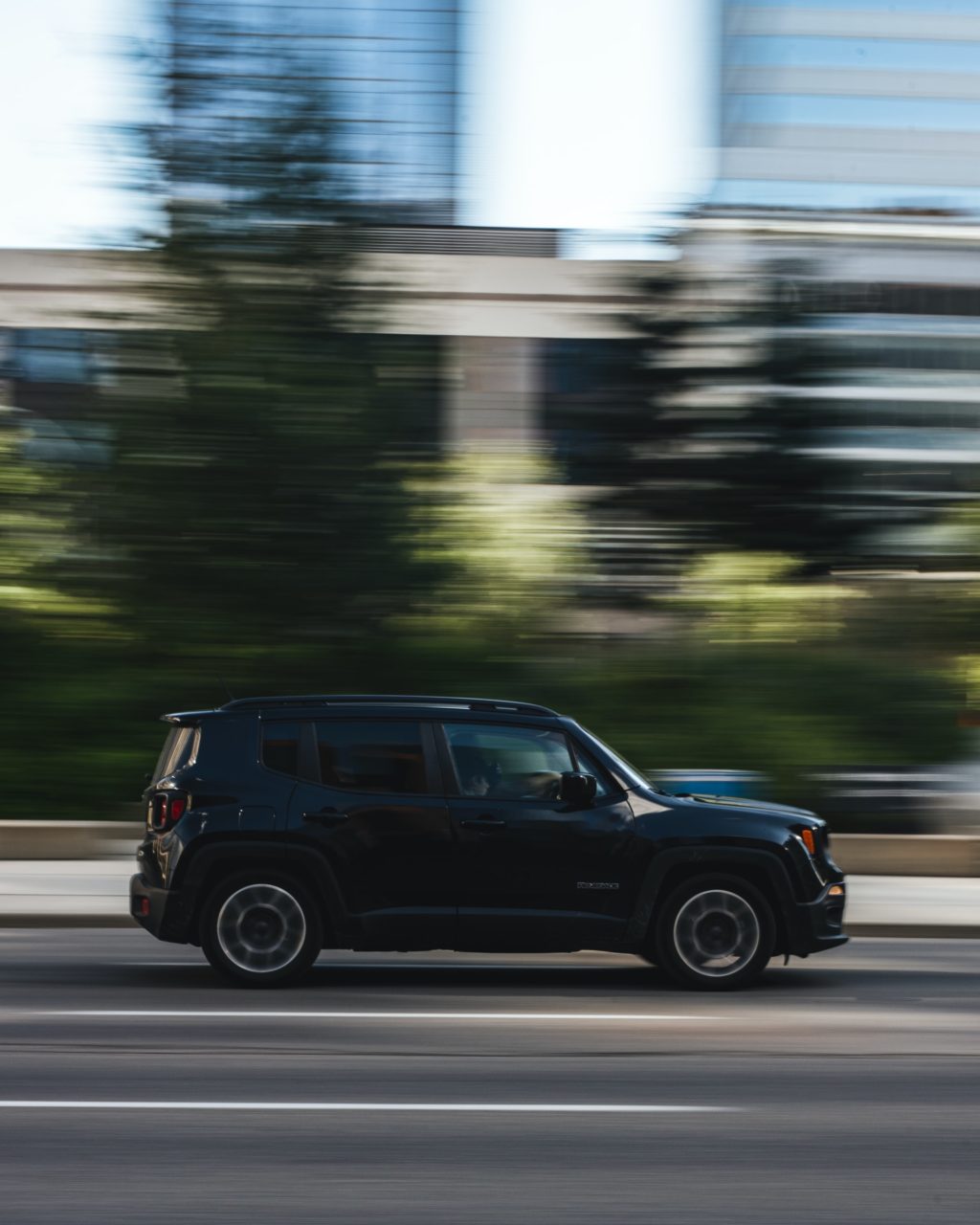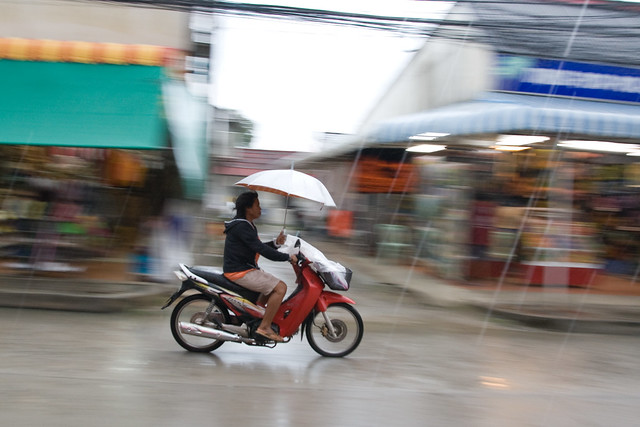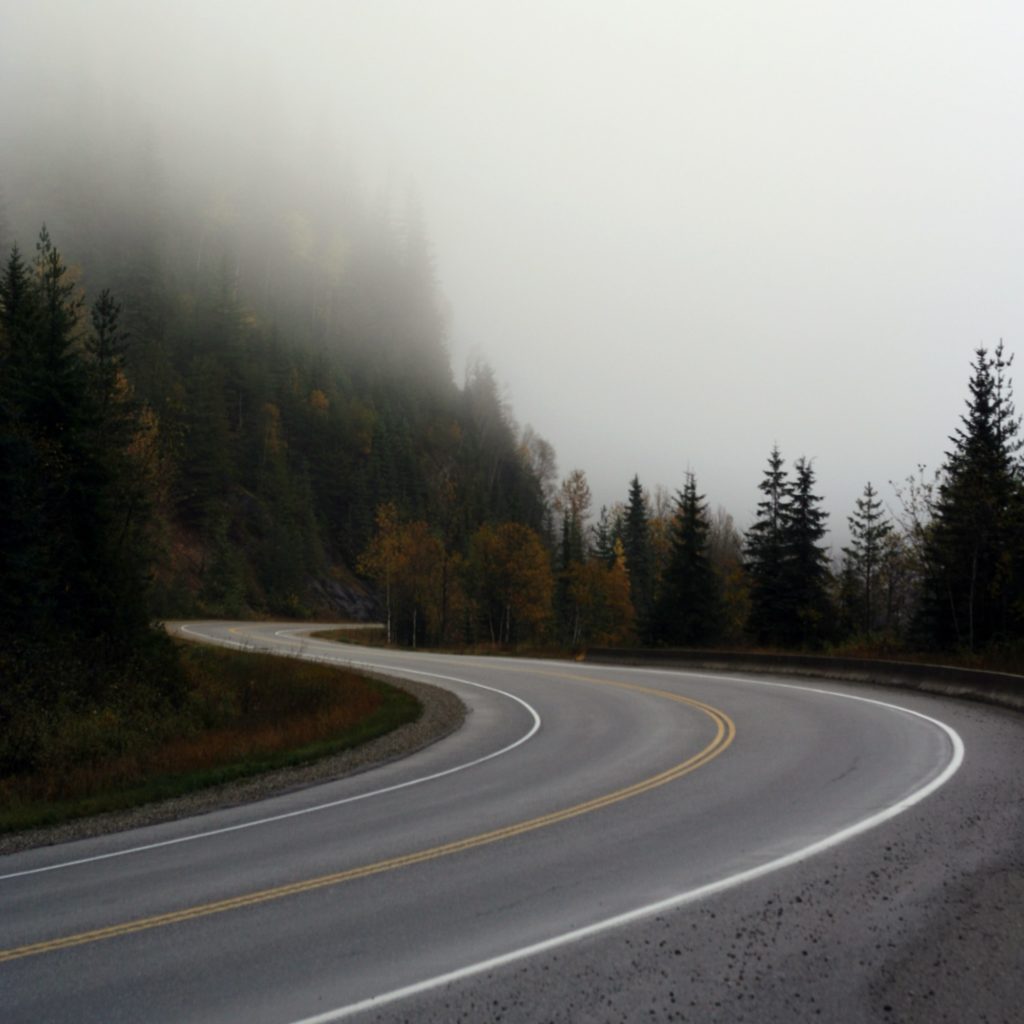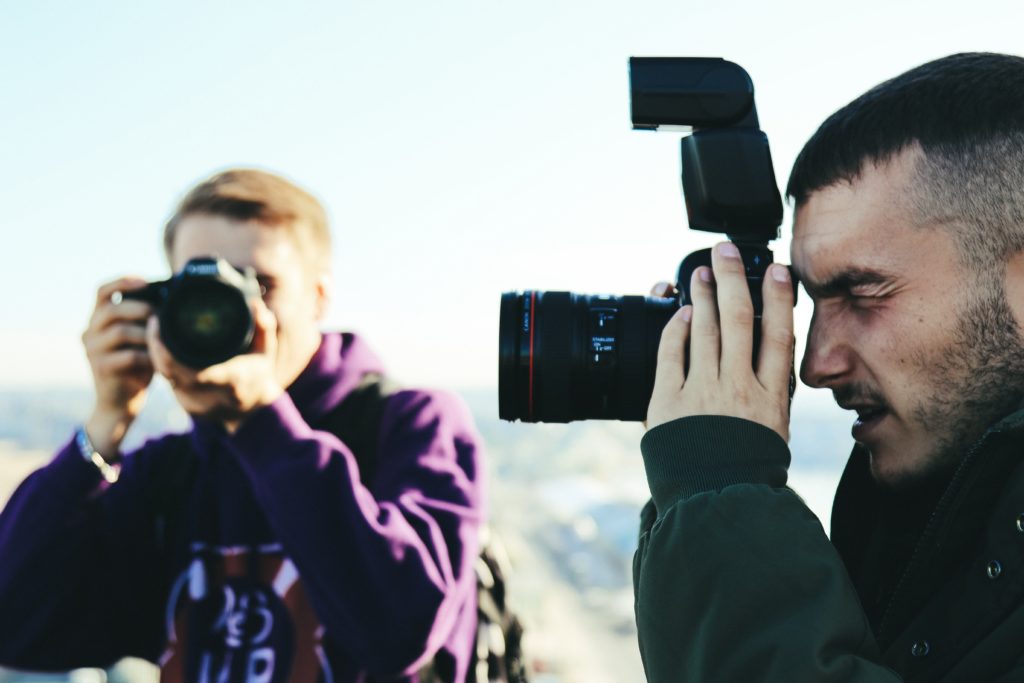Panning is a technique where you pan your camera to follow the motion of your subject and render motion blur to the background but capture the subject sharp (see the example below). While it sounds quite easy, it often takes a little bit of practice to master. If you've been trying to do a good panning shot, but have found it a difficult challenge for you, the following tips should prove helpful.

- Slow Shutter Speed – This is probably the most important aspect when it comes to panning photography. The goal is to create motion, so you’ll need a slower shutter speed. Shutter speeds vary depending on the subject you want to photograph. If the relative movement speed of the subject is slow, you’ll need longer shutter speed in order to capture enough motion. Somewhere between 1/50th of a second to 1/10th of a second is sufficient.
- Small Aperture – In order to get to the necessary shutter speed you’ll have to stop down the lens, but that is not the only thing that aperture controls. The smaller the aperture opening is, the bigger the focus area, meaning the blur created by the motion will be more defined, thus creating stronger motion effect.
- Longer Focal Length – Indeed, you can do panning with any lens. However, it is a bit easier to do it with longer lens since the tracking is easier, and you’ll need less movement with the lens to do the panning. Also, the distortion on a wider lens can make the background smudges a bit unnatural and less pleasing to the eye.
 Photo by zoutedrop
Photo by zoutedrop
- Image Stabilization – Even though it can be done without image stabilization in the lens, keeping the lines straight is a whole lot easier with it. Some lenses (the more expensive ones) even include stabilization that can be set by axis in order to optimize for panning. Make sure you read the manual for the lens and see if the stabilization is made that way.
- Shooting Mode – Shooting mode is best set at burst. Since panning is a hit and miss thing, you’ll do a couple of frames per pass, thus increasing the chances to get one or more right. Also, check your focusing mode – if the continuous focus tracks your subjects well (that depends on the camera) use it because it will keep the subject in focus each frame.
- Tracking – Tracking is single-handedly the most important part to have in mind with panning photography. It will require tons of practice to master it, but when you do master it, the results are quite pleasing. It is easier to track using the focus points in your viewfinder against a reference point on the moving subject. Align them, track for a split second, and start your burst.
- Framing – It is best, I think, to frame a bit wider than usual, just in case the tracking takes away your attention a bit too much. You can always crop a bit afterwards if necessary.
- Be Parallel – If your position and angle of view is not parallel with the subject in motion, then parts of it will be smudged as well. So, in order to have the whole subject tack sharp you need to be parallel with it.
 Photo by Rayane Merghad
Photo by Rayane Merghad
- Practice – This should go without saying, but still I will mention it. As with any other skill, it requires practice. You can achieve that easily: sit on a bench which is parallel to a city street and just photograph random cars passing by. The street is public area that is totally legal for photographing in most of the countries in the world (check your law, just in case).
That said, get your gear out and start shooting. With a bit effort you will master panning in no time!




